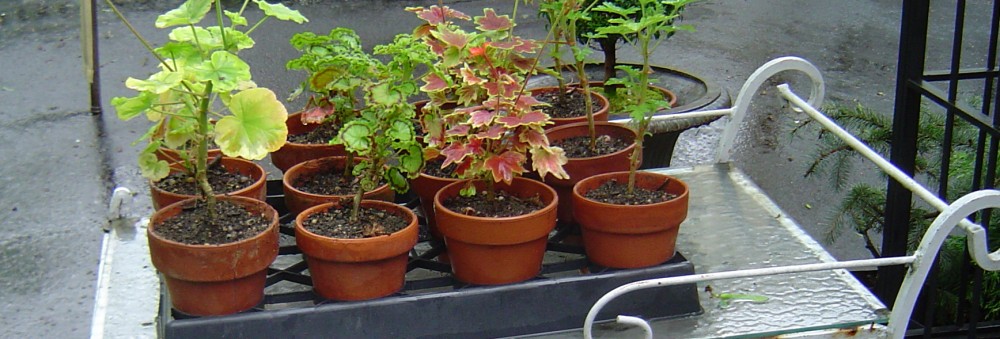The’ meadow’ in my small garden is one of my favorite spaces. Much goes on here – as the plants grow in and out of the seasons, the diverse creatures forage, hide and nest through out. Life happens here. There is a calm that that settles within whenever I spend a bit of time observing and being still in this space.
Since the meadow is really full of bulbs and mostly native plants and I have generally let it grow as it is wont to do, the work has involved only the periodic weeding of obvious thugs such as garlic mustard. In other words, I’ve been kinda lazy about it all. Over time, in my indulgence of its carefree existence, I’ve ignored the crowding that has emerged. This past weekend as I examined what plants were ready to take over from the camassia and alliums and what was emerging, I found myself searching and wondering where certain plants were. There ought to be more color present. The Chelone lyonii ( pink turtleheads) were looking strong, sturdy and preparing for summer flowering but where were the liatris that ought to start blooming about now? And what happened to the geums, echinacea, asters and ornamental grasses? The first had looked so sweet splashing their red earlier in May but were now swallowed up by more aggressive plants not all of which had been deliberately placed there. The rest were either clearly struggling to grow or had simply called it a day. A wake up call I could no longer ignore.
I see how the jewelweed has, without permission, become way too precocious. The wood anemone, drunk with the knowledge that I love it, has spread itself rather too freely. There are numerous other nondescript plants that I’m yet to identify that clearly do not belong here. Little bullies and squatters.
So my mission for the remainder of this month is to tackle the meadow. To get in there to pull out and thin out is daunting. I’m afraid to discover how many precious plants I have lost in my negligence and what critters I might be disturbing after giving them carte blanche in the meadow. Plus, I’m absolutely certain the mosquitoes will learn of my presence in no time at all. This is not going to be pleasant.
But, I must step up, own my indolence and make the necessary amends. It’s what any good, self-respecting gardener must do. Meanwhile. I’m distracting all viewers with baby robins, the roses, wisteria and emerging oak-leaf hydrangea. Even better, the climbing hydrangea is in full bloom and the fragrance is so heavenly that all thought to look at anything critically is forgotten. Perfect decoy.
Note: The images below compare the meadow in May and June. You can see how overgrown it looks in June ( with due diligence it does not have to look this way! My bad.)
May:
June:
The worthy distractions:
(c) 2018 Shobha Vanchiswar
[do_widget “Blog Subscriptions (Jetpack)”]
































































